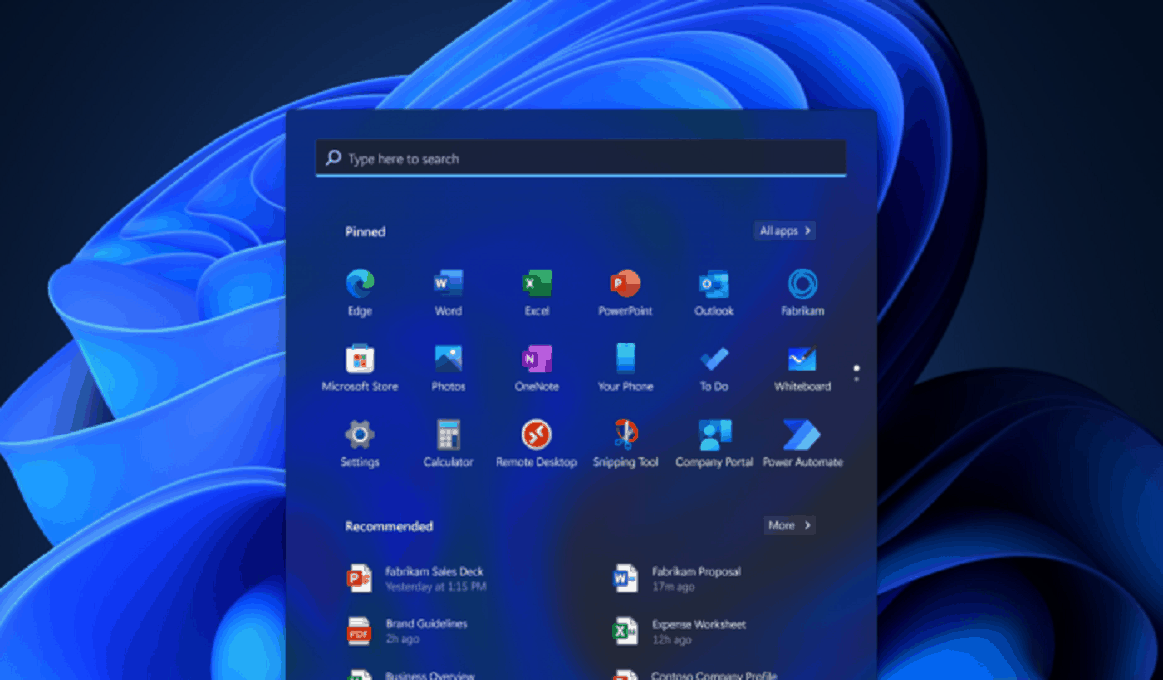IGEL Blog

Environmentally Sustainable Workspace IT
In late 2021 Capgemini and IGEL signed a partnership agreement. It is a natural partnership for both companies as we both have social responsibility at the heart of our corporate philosophies: IGEL is committed to developing technologies that reduce the impact on the environment and support environmentally sustainable business practices, while Capgemini will achieve carbon neutrality no later than 2025 and become a net-zero business by 2030 – in addition to helping our customers on their own sustainability journeys.

Research shows the demand for environmentally sustainable business is growing across the world. Many consumers and organizations believe businesses bear as much responsibility for positive change as governments. As a result, organizations are increasingly looking toward fundamentally transforming themselves to help drive down carbon emissions, costs and to reflect the growing demands for environmentally sustainable business practices.
A study by Lancaster University and Small World Consulting Ltd found that IT equipment share of global greenhouse gas emissions could be around 2.1-3.9%. This means that the IT industry produces more green gas emissions than the aviation industry, which are around 2% of global emissions (link: https://www.lancaster.ac.uk/news/emissions-from-computing-and-ict-could-be-worse-than-previously-thought)
The good news is that there are technologies than can support sustainability such as Virtualized Windows Applications and Desktops and its supporting technologies. Virtualization when deployed with the right tools and solutions can not only reduce power and air conditioning requirements but also extend the useful life of aging laptop and PC hardware. Add to this collaboration tools with Unified Communications (UC) and you have a flexible hybrid working solution that has the potential to boost productivity while supporting sustainability. These technologies can not only help organizations drive down their direct power consumption but can also reduce the carbon emissions generated by the manufacturing of new devices – in addition to supporting a dramatic shift in working practice. They also support hot-desking strategies while providing access to secure flexible remote working. As a result, organizations can now leverage solutions and technology to deliver significant reductions in their carbon footprint – and deliver bottom-line value.
The changing focus
As organizations worldwide begin to face up to the increasing likelihood of government legislation on carbon emissions, there is a general acceptance that every aspect of the business needs to consider its carbon footprint – and of course, IT is a major contributor. Greener IT is not just about reassessing an organization’s IT infrastructure, it is also about its working practices. Could increased home or remote working be considered to reduce employee travel? How can video conferencing be strategically used to cut down travel to meetings? Can repurposing existing PC hardware extend its useful life and reduce the impact that new hardware creates? Should a hot-desking policy be used to reduce the volume of desktop infrastructure?
And of course, all these decisions must balance cost, security, flexibility, and the environment – but the underpinning business focus must be the bottom line. The good news is that many of the tools and techniques for improving the green status of the IT department will typically also cut costs significantly.
The virtual approach
In the past, the adoption of server virtualization across the data centers dramatically reduced power consumption reducing the number of physical machines and their associated air conditioning. Now organizations are considering following the same model in the office environment. The adoption of a virtual model has the potential to further drive down power consumption to save money and boost green credentials. By adopting Virtual Apps and Desktops and their complementary solutions, organizations can fundamentally transform working practices, increase flexibility, and further reduce costs.
The modern office
Given the cost and environmental benefits, it is little surprise that many organizations now have virtual apps and desktops firmly on the agenda. However, many have yet to recognize the many knock-on effects virtual apps and desktops can have on working practices. By combining virtualization with Unified Communications in the right way, organizations can truly transform the working environment for their employees, saving money, reducing the carbon footprint, and deliver a better experience for their employees.
By integrating the telephony solution into their collaboration solution, organizations can further reduce power consumption and costs – and significantly reduce their maintenance overhead. But this only works if the right technologies are selected and configured with careful consideration.
Virtual apps and desktops can also fundamentally transform the environmental impact of desktop support. Virtual apps and desktops can be supported remotely, significantly reducing the carbon emissions associated with sending staff for physical support. As a further benefit, this remote management also increases uptime, boosting employee productivity and drastically reducing costs.
How to implement flexible working while extending the life of devices
Extending the useful life of Laptops and PCs
By repurposing aging laptops and PCs, organizations can build a simple to use, easy-to-manage, secure access solution for their virtual environments. They no longer need to dispose of aging endpoint devices that still work – but can instead simply upgrade them to a compact secure OS (such as IGEL OS). Devices that do not have the power to support the latest Windows OS can leverage the Edge OS. The lightweight OS uses less endpoint CPU and local resources. As a result, even devices that are up to eight years old (including thin clients, laptops, and desktops) can be used to access virtual apps and desktops – including Windows 10/11, even if they were never able to run it natively. This simple to manage solution not only saves organizations the cost of major upgrades, but it also keeps older computers out of landfills and in use for much, much longer. A recent survey demonstrated that such a strategy, which extended the life of Windows-based PC for 2 additional years can help reduce 40% emissions per 1000 users. (CEBR study for Citrix: Page 14 )
Collaboration tools
An integrated collaboration solution within a virtual environment provides a great user experience too – but running these types of tools (such as Microsoft Teams) in a virtual environment can be problematic as they can have high resource requirements for the backend infrastructure. To mitigate this, the right choice of access endpoint is essential. The right access solution enables the strategic offloading of functions to the access device (such as audio or video calling). Choosing the right Edge OS (such as IGEL OS) results in an improved employee experience, often with lower backend hardware costs – while also enabling a great experience for IT to support the solution to keep it up-to-date and secure.
Virtual Apps and Desktops
By using Virtual Apps and Desktops, employees can work from home one or two days a week reducing the business commuting mileage and hence dramatically reducing carbon footprint.
Public Cloud
Whatever your choice of public cloud (e.g., AWS, Azure or GCP), moving VDI to a public cloud utilizes bigger and more efficient data centers which have great economies of scale and in some cases can even be carbon neutral.
Hot Desking
Consider deploying a hot-desk environment. With this type of solution, users not only gain immediate access to their data, regardless of the location from which it was last accessed, but also the collaboration technology which automatically transfers that user’s video and audio sessions to their current location. This enables employees to work anywhere in the building at any time, fundamentally improving space utilization and reducing waste.
Flexible Working
This integrated approach works not only in the office, but also supports far more cost-effective hybrid remote working as calls are automatically routed to the device – wherever it is.
Collaboration tools support the adoption of cross-departmental teams using video conferencing to reduce the need to travel to meetings. By reducing overall employee travel time, organizations can not only drive down the level of carbon emissions but also boost productivity and support strategies for improving employee work/life balance.
Security
The use of the edge OS architecture ensures that critical data is never held on the machine – users can securely use wi-fi or 4G/5G connections to access the corporate servers when outside the secure office environment. It can also further secure the environment by limiting the dangers of viruses (with the use of dedicated virtual browser solutions) and with no admin access to the local device, it is impossible to download and store files. And, with all documents automatically stored centrally, organizations can avoid the endemic problem of data loss caused by individuals opting to save their data locally, despite clear corporate policies to the contrary.
Conclusion
There is growing pressure on organizations to meet their environmental responsibilities, but environmentally sustainable business is about more than just reducing power consumption and scaling down the IT infrastructure. It is about supporting the employee to drive down emissions through flexible hybrid working, enabling collaboration and conferencing to reduce travel requirements.
Critically, with the right approach, environmentally sustainable business is not just about meeting targets and being seen to be green but adopting efficient, well-managed processes that deliver quantifiable benefits to the bottom line.
Capgemini’s Connected Workspace and Connected Collaboration portfolio of services provide a range of cloud workspace solutions that help you plan the right approach for your organization and create an environmentally sustainable workplace that reduces carbon footprint while enhancing total experience.


